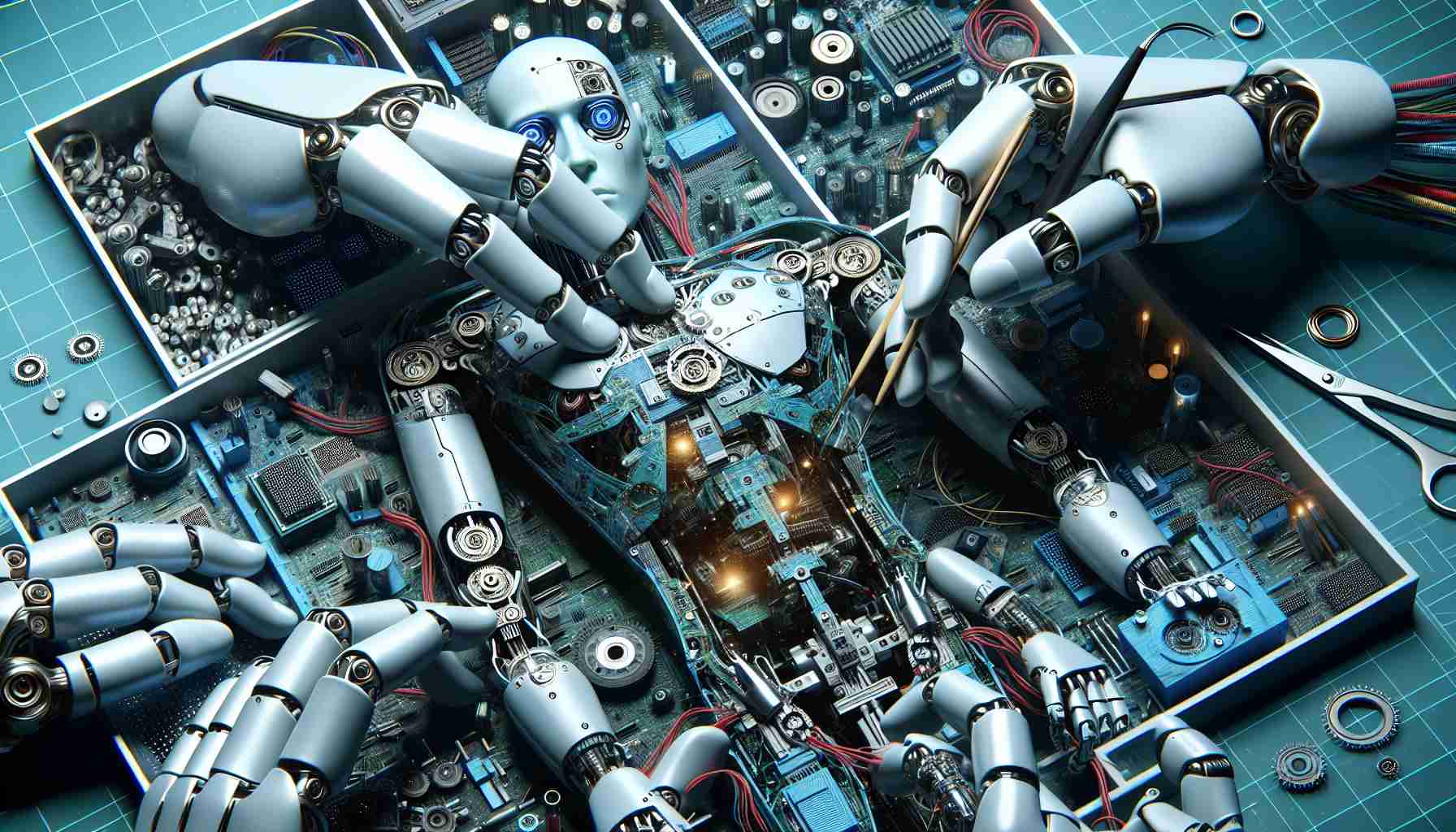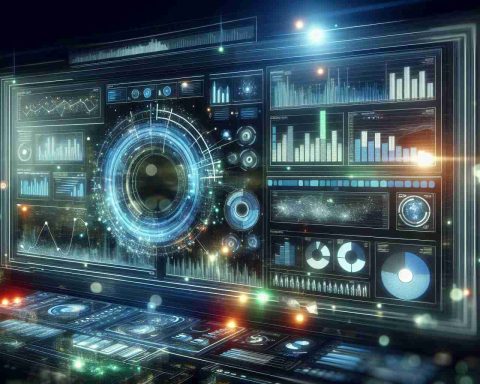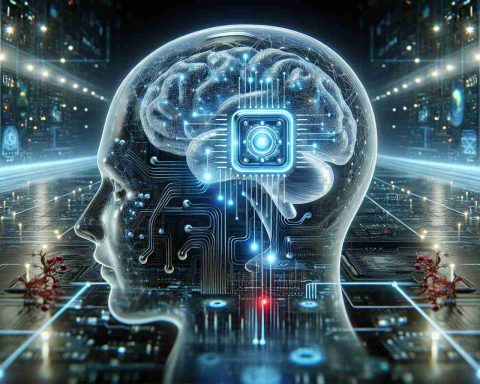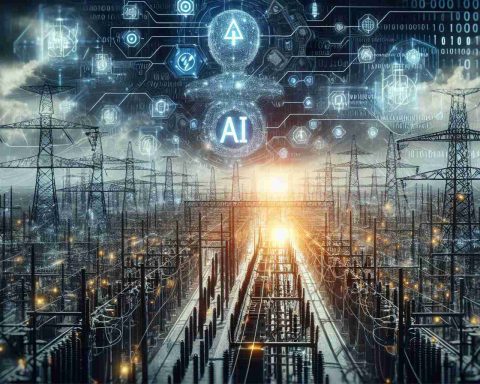In an era dominated by technological advancements, understanding how robotics function is not just fascinating but essential. Robotics is the intersection of engineering, software, and machine intelligence, bringing to life machines that can perform tasks autonomously or semi-autonomously.
At the core of robotics lies the synergy between hardware and software. A typical robot is composed of several key components: sensors, actuators, a control system, and a power supply. Sensors are akin to a robot’s senses, allowing it to perceive its environment through cameras, ultrasound, infrared, or LIDAR. This sensory input is critical for making informed decisions and interacting effectively with the surroundings.
Actuators are the muscles of a robot. These electromechanical devices convert electrical signals into physical movement, enabling the robot to navigate, manipulate objects, or perform actions. These movements are controlled by a control system, the brain of the robot, which processes sensory data and decides on actions using algorithms and artificial intelligence techniques.
Central to modern robotics is the integration of software. Through precise programming, robots can learn, adapt to new situations, and even perform complex tasks without human intervention. Machine learning is often employed to enhance a robot’s capabilities, allowing it to improve its performance over time through experience.
As robotics continue to evolve, they play a pivotal role in diverse sectors such as healthcare, manufacturing, and space exploration. Understanding how these fascinating machines work opens up a world of innovation and potential for the future. With continued advances, the possibilities for robotics seem limitless, capturing the imagination and curiosity of individuals worldwide.
The Untold Impact of Robotics: Revolutionizing Everyday Life in 2023
Modern robotics is not merely a technological phenomenon; it is a transformative force reshaping the world around us. While the underlying mechanics of robotics involve sensors, actuators, control systems, and software, the real intrigue lies in how these machines alter human existence across various life spheres.
Healthcare Transformation: Robotics in healthcare goes beyond assisting in surgeries. They are now integral to rehabilitation, offering personalized physical therapy routines, and improving patient care in ways once unimaginable. Robots equipped with AI can monitor patient vitals continuously and alert medical staff to potential issues, reducing the burden on medical professionals and minimizing human error.
Manufacturing Advancements: Automation through robotics has increased production efficiency. In smart factories, robots collaborate with humans in a synergy termed “cobotics,” enhancing productivity and safety. This rise invites discussions around employment as robots potentially displace traditional roles, igniting debates about the future workforce.
The Future of Space Exploration: Beyond Earth’s horizon, robotics are critical. Rovers on Mars, like the recently deployed autonomous mobile robots, provide researchers with data, laying foundational knowledge requisite for future human missions. This innovations fuel both scientific progress and geopolitical interest in conquering new frontiers.
Questioning Ethics: As scientists push boundaries, ethical considerations become paramount. Do machines have a place in making autonomous life-and-death decisions? Society must answer these looming questions as robotics evolves.
For further exploration into robotics and their significant roles, visit Robotics.org and IFR.
Understanding robotics’ true potential extends beyond their operational mechanisms, revealing a new layer of opportunity and ethical debate in a rapidly advancing world.

















